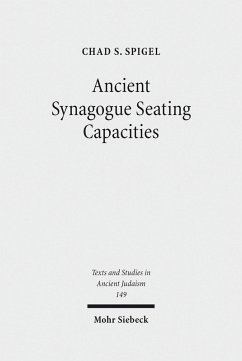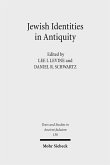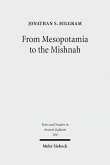After the destruction of the Temple in 70 CE, the primary form of Jewish worship in Palestine shifted from offering sacrifices in Jerusalem to non-sacrificial forms of worship in local synagogue buildings. While the literary and archaeological evidence from the first few centuries CE makes this shift clear, the evidence is less clear about the extent of synagogue worship at this time. In other words, the evidence doesn't explicitly tell us whether most Jews in late-antique Palestine actually participated in synagogue worship. In this book, Chad Spigel suggests that it is possible to ascertain the extent of synagogue worship by determining and analyzing the seating capacities of ancient synagogue buildings. He begins by filling a lacuna in the scholarly literature with the creation of a methodology that can be used to determine the seating capacity of any ancient synagogue building. The seating capacity methodology is then applied to ancient synagogue buildings from the Roman and Byzantine Periods, thus creating a catalog of seating capacities for late-antique Palestine. The seating capacities are then analyzed in conjunction with ancient population estimates and other demographic data in an effort to better understand local Jewish worship practices. By gathering and analyzing seating capacity and demographic data for more than fifty ancient synagogue buildings, the author not only shows that the extent of synagogue worship varied from place to place, he also provides an important resource for scholars of late-antique Judaism. Born 1975; 1997 BA in English Literature with a minor in Near Eastern and Judaic Studies; 2005 MA in Judaic Studies; 2008 PhD in Ancient Jewish History; since 2008 Assistant Professor in the Religion Department at Trinity University (San Antonio, TX).
Dieser Download kann aus rechtlichen Gründen nur mit Rechnungsadresse in A, B, BG, CY, CZ, D, DK, EW, E, FIN, F, GR, HR, H, IRL, I, LT, L, LR, M, NL, PL, P, R, S, SLO, SK ausgeliefert werden.









